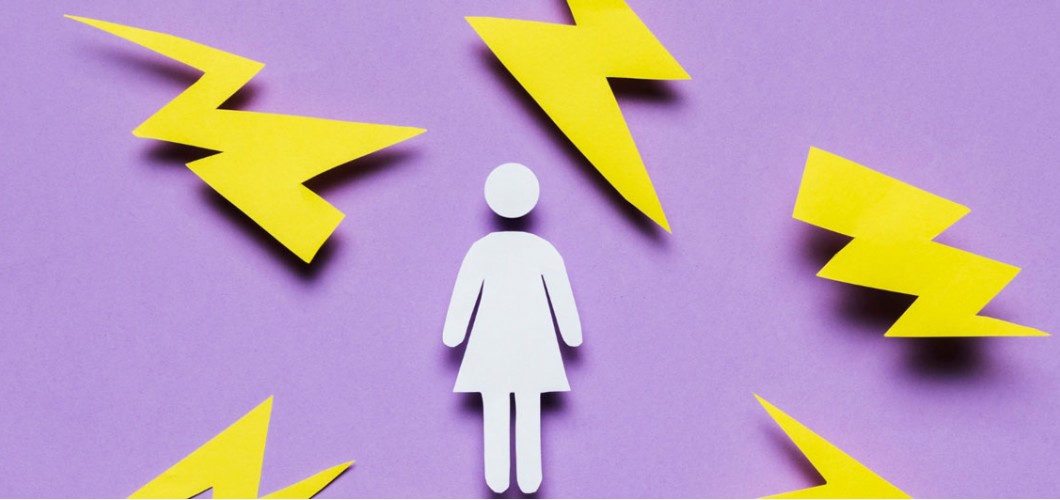
How to Provide First Aid in Case of Electric Shock?
Electric shocks are emergencies that almost everyone encounters at least once in their life, but knowing how to intervene correctly is crucial in these situations. Electric shocks occur when a person’s body comes into contact with an electric current and can lead to severe injuries or even death. However, with the correct first aid techniques, lives can be saved. In this article, we will explore the proper methods of intervention for electric shocks in detail.
What is an Electric Shock?
An electric shock occurs when an electric current passes through a person’s body. This can happen due to household electrical devices, outdoor power lines, or industrial machinery. An electric shock usually starts when a part of the body comes into contact with the current, and the risk of damage to vital organs like the heart is high. The severity of the shock varies depending on the strength of the electric current, the duration of contact, and the path the electricity takes through the body.
Possible Outcomes of Electric Shocks
Electric shocks can result in severe injuries and, in some cases, death. Common effects include:
- Injuries: The electric current can cause muscle contractions, leading to fractures, dislocations, and other injuries.
- Cardiac Arrest: The current can affect the heart muscle, potentially causing cardiac arrest.
- Burns: Burns can occur at the entry and exit points where the current passes through the body.
- Respiratory Arrest: The electric current may interfere with the nervous system, leading to difficulty in breathing or respiratory arrest.
First Aid Techniques for Electric Shock
Proper first aid intervention for electric shock is vital and can be life-saving. The first steps, depending on the severity of the situation, should be aimed at protecting vital organs.
1. Ensure Safety and Cut Off the Power Supply
The first and most important step is to cut off the source of electricity. Before helping the victim, you must eliminate the immediate danger.
- Cut off the power: If possible, turn off the electricity from the main panel or trip the circuit breaker.
- Avoid touching live wires: Do not approach or touch electrical wires. Be especially careful if there is water nearby, as water can conduct electricity.
Important Note: Never touch the person who is electrocuted before cutting off the electricity, as it may put you at risk.
2. Remove the Person from the Electric Source
If you cannot cut off the power supply, you must remove the person from the electric source. However, be cautious:
- Use an insulated object: If you cannot turn off the electricity, use an insulated object (such as plastic, rubber, or a dry wooden stick) to move the person without directly touching them. Avoid using metal or any conductive materials.
- Do not push: Do not push the person directly, but instead, carefully help move them away from the electrical source.
3. Provide First Aid to the Injured Person
After removing the person from the electric source, it’s essential to seek medical help immediately. Meanwhile, you can perform the following steps:
- Check for breathing and pulse: An electric shock can affect the heart. Check the person’s pulse and breathing. If the person is not breathing, start artificial respiration immediately. If the heart has stopped, perform chest compressions (CPR).
- Burns: If there are burns, gently rinse them with cool water and cover the affected area with a clean cloth. Do not apply pressure on the burned area.
4. Keep the Person Calm and Call for Medical Help
Electric shock victims can often be panicked or anxious. It’s important to keep them calm and reassure them. Help them take deep breaths, and contact emergency medical services.
- Call emergency services: An electric shock is a serious situation that requires professional medical intervention. Always call an ambulance immediately.
- Monitor the person: If the person is unconscious, ensure their head is turned to the side and continue to check their breathing regularly.
5. Monitor the Person Carefully
After the electric shock, the effects may not be immediately visible. Keep an eye on the person until medical help arrives. If any changes in the person’s condition occur (such as convulsions, fainting, vomiting, etc.), inform the medical team immediately.
Things to Keep in Mind During an Electric Shock Emergency
- Use equipment properly: When intervening in an electric shock situation, it is crucial to use appropriate tools and materials without coming into direct contact with the person.
- Water and electricity: Electricity and water can combine to create an even greater hazard, as water can conduct electricity. Avoid contact with electrical devices in wet environments.
- Do not leave the person alone: While providing first aid, stay with the person and continue observing them until help arrives.
Conclusion
Electric shock is an emergency that can have fatal consequences, but with the right and quick intervention, it can be managed without major health consequences. Knowing how to provide first aid in case of an electric shock is crucial for saving lives and ensuring safety in your environment. Therefore, learning the proper first aid techniques for electric shocks is extremely important. Remember, always prioritize your safety and be prepared for emergency situations!

Leave a Comment